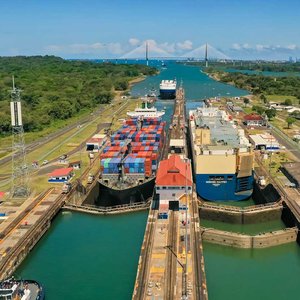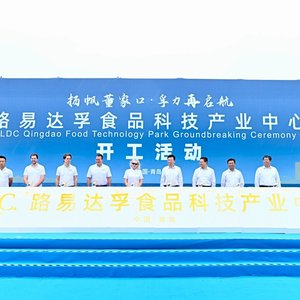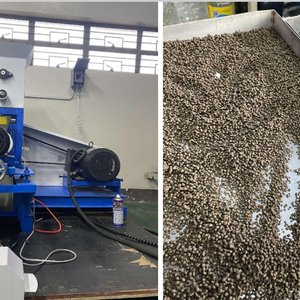Soybeans and its products—soybean meal and soybean oil—are the most traded agricultural commodity, accounting for nearly 9% of the total value of global agricultural trade. Historically, the United States was the world’s largest soybean exporter, but in the marketing year (MY) 2012/13, Brazil exported more soybeans than the United States. Since then, Brazil’s share of the global soybean trade has increased.
Projections indicate that the Brazilian share of global soybean trade could increase from 51.6% to 60.6% between MYs 2021/22 and 2032/33, according to a study released by the US Department of Agriculture’s Economic Research Service (ERS).
The ERS report focuses on the export competitiveness for soybeans in Brazil and in the United States over the MY 2017/18—2021/22 periods, by comparing farm-level production costs, producer returns, the cost of internal transportation, and the cost of shipping to a common export destination. With soybean production in Brazil expected to reach a record high in MY 2023/24, a depreciating Brazilian currency, and the country’s exporting capabilities expecting a boost (from expanding transportation infrastructure), changes in the competitiveness of Brazil will have important implications for U.S. and international agricultural markets.
Production costs and export competitiveness
The study found that the costs of production differed between the United States and Brazil, partially reflecting Brazil’s greater reliance on custom services to provide equipment and labor for crop field operations as opposed to farm ownership of machinery in the United States. Land costs were also higher in the United States. Overall, allocated overhead costs were lower in Brazil than in the United States. All this is reflected in the total costs per bushel of soybeans in the United States exceeding the total costs per bushel of soybeans in Brazil in 2021/22.
The average national farm-level production costs per acre for soybeans in Brazil were 19.9% below the United States in 2021/22, largely because of lower land and capital costs. The United States had higher yields per acre than Brazil in the regions included in the study, particularly in the U.S. Heartland region, which helped offset the higher per-acre costs.
Brazilian producers had higher national average returns per bushel over total costs than the United States in 2021/22, $4.05 compared with $2.13. Average national returns per bushel above operating costs for soybeans were highest for the United States in 2021/22—16.4% above Brazil’s returns.
The U.S. Heartland was the lowest-cost exporter of soybeans. Paraná in Brazil was the next lowest-cost exporter, primarily due to its location close to a port and low internal transport costs. The Brazilian State of Mato Grosso is competitive with the United States in the export of soybeans despite higher inland transport costs due to lower soybean costs of production.
Improvements in Brazil’s overland transportation infrastructure over the past decade resulted in cost savings per metric ton for exporting soybeans from the main producing state, Mato Grosso, through southern ports. Average inland transport costs in MYs 2017/18–2021/22 decreased to $77 per metric ton, compared with $98 per metric ton in MYs 2008/09–2012/13.










